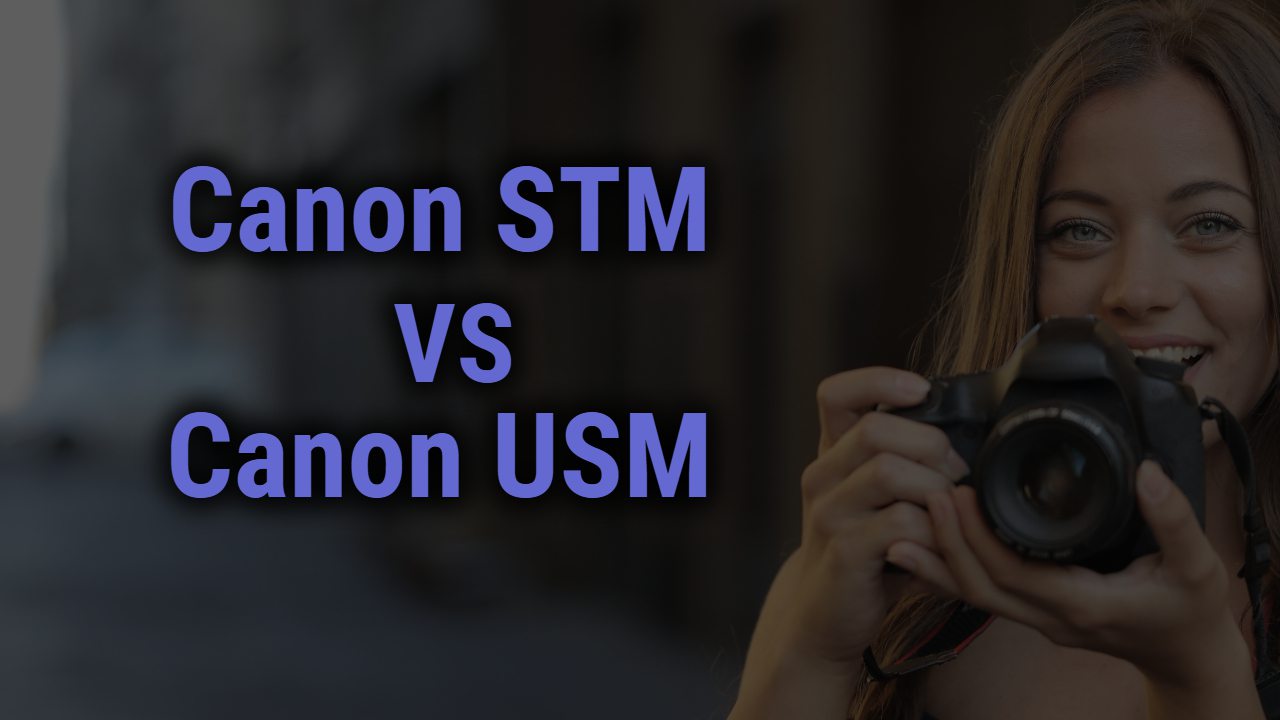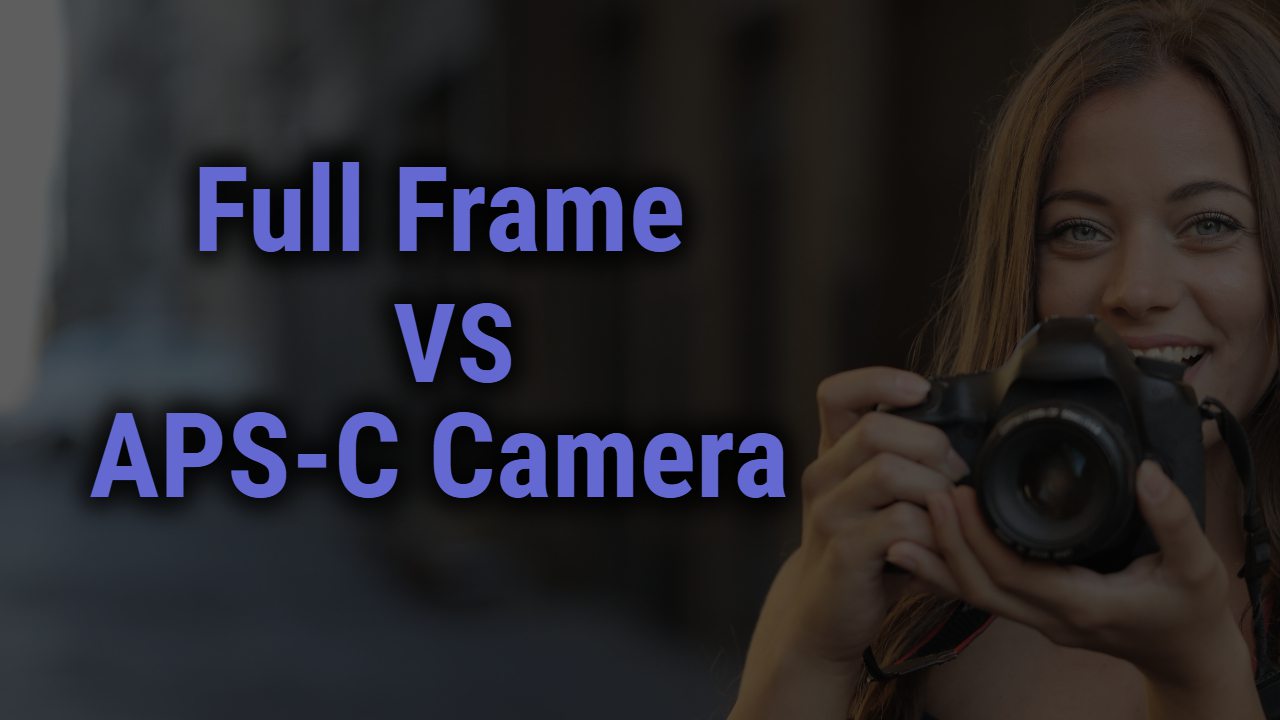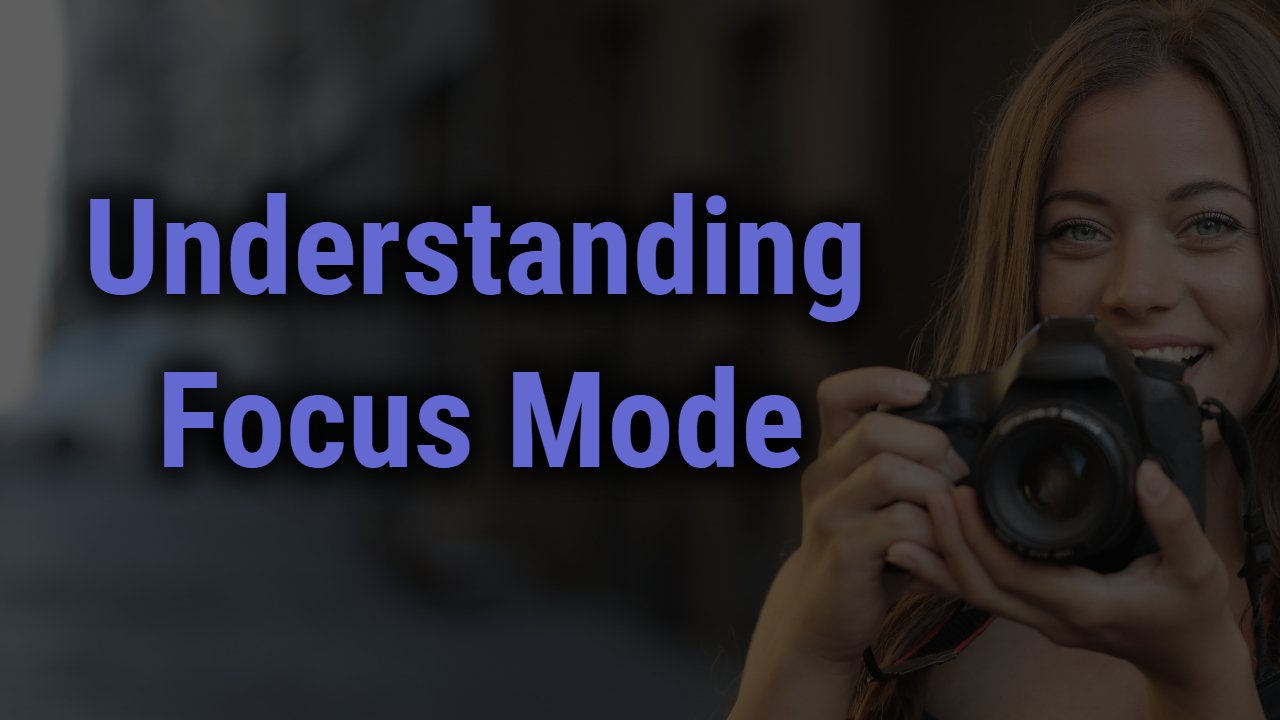One must know every single term of filming in theory if one intends to win over with the best flawless result when it comes to practicals. However, Even though photography is the easiest to learn, there are some dominantly typical and confusing terms that might need extra attention to learn.
No more unknown and cryptic terms in your way of mastering photography, and let’s start with one of the most crucial, frequently appearing, and popular F-stop terminology.
Honestly, F-stop is a complicated topic for every first-comer or beginner photographer, but it’s too important to know if you need to frame balanced quality in the image.
Not to worry; From understanding what an F-stop is and how it works, when to use it, and F-stop’s impact on the image, this in-depth article is going to answer all of these basic questionnaires in the simplest words. So let’s get started.
This Post Contains
What is F-Stop?
F-stop is the fraction of a number that represents or denotes the measurement of the aperture on your camera or lens. The number determines the amount of light that falls on the subject or the scenario.
The f-stop is famed across with numerous labels like “F-number,” “F stop number,” and “f/x.” This f-stop is mentioned in the specification of the camera or lens. You can easily get an idea of how much light is falling on your imagery by just looking at the F-stop number. Keep in mind that F-stop is a fraction number which means its reading will be as-.
F/1.4 > F/22
F/1.4 = Large F-stop= Smaller Denominator number
F/22= Smaller F-stop = Larger Denominator number
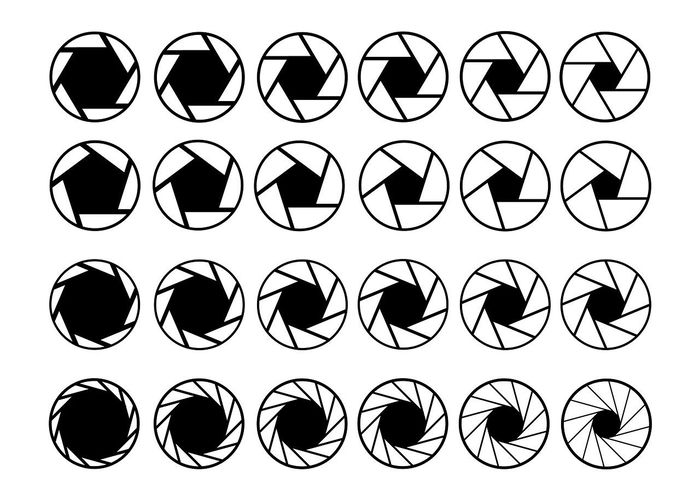
F-stop doing and controls
As we mentioned, F-stop is used to specify the aperture. So, the control of the f-stops justifies managing the size of the opening in the lens. The more amount of light you want on your lens or camera, the larger the f-stop number (small denominator number) will do the job.
While the need for narrow or less light can be obtained from a small F-stop number (Large denominator number).
Now the management of light on the image through the F-stop will do the most engagement of exposure on the image. The smaller F-stop number will specify the extra exposure on the image, while the larger F-stop number signifies the image’s underexposure.
Similarly, with the shutter speed, the large f-stop with a rapid shutter speed might give us a lesser amount of light than the mid-range f-stop with a slower shutter speed. The choice of lighting on the image can be controlled by the f-stops.
Aperture and F-Stop Theory
F-stops have a direct relationship with the aperture, so it is utterly necessary to know about the aperture itself. In simple words, The aperture is the crucial factor that controls, manages, and modifies the amount of light entering the camera lens and then on the subject.
The aperture in photography is responsible for the corner-to-corner sharpness in every image. The aperture is also labeled as the third fundamental wheel in the iconic exposure triangle in photography, another key responsible for sharp and pro-leveled filming.
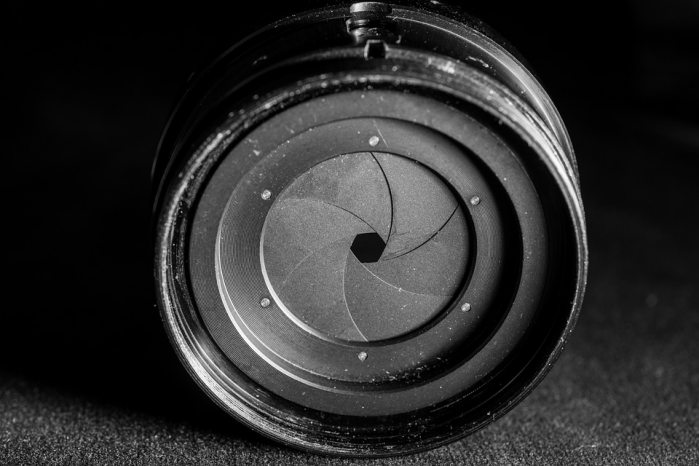
The relationship between aperture and f-stop is that the aperture size in the lens or camera reads inversely to the corresponding F-number; it signifies the aperture opening of the lens, a number that corresponds to the certain aperture.
The best way of knowing the aperture and F-stop relationship –
Large F-stop (F/1.4) = very large aperture = small field of view
Small F-stop (F/32)= very small aperture = Wide field of view
What is F in the term “F-Stop”?
The “F” in the F-Stop simply stands for the “Focal Length.” This is because F-stop measures the aperture, and the diameter of the aperture blades can only be measured after substituting the focal length into a fraction.
The f-stop numbers can be written as f/2, f/8, f/4, and f/16. This is because they are called the fraction of aperture; this can be read as
- F/2 – A lens opening with a Fraction one-half wide
- F/4- A lens opening with a Fraction one-fourth wide
- F/8– A lens opening with a Fraction one- eight wide
- F/16– A lens opening with a Fraction of one-sixteenth wide
The F-stops are basically the ratio number derived from the lens focal length when divided by the diameter of your aperture. They represent the amount of lighting on the subject by this theory. The F-stop number specifies the fraction of the aperture opening in the lens or camera. For example,
If you bring a lens with the f-stop F/4, it means 25% of the aperture is open; and if the lens has f-stop f/2.8, state that the aperture’s diameter is half as much open.
F-stop and Depth of Field Theory
The depth of field is another crucial point of photography; the DOF is the distance measured between the nearest and furthest elements that signify the sharpest in the shooting scenario; in simple words, DOF is the distance between the camera and the first sharpest subject in the way.
The depth of field and f-stop are interrelated in a way; the largest f-stop (vast aperture) will provide a thin slice of sharpness in the image, while the smallest f-stop (narrow aperture) gives the thick slice or corner-to-corner sharpness in the image.
This can be read-
Short F-stop(F/22) = Wide or large depth of field (sharp landscapes) = All Focus
Large F-stop(F/1.4) = Small depth of field (sharp subject details like eye) = Little in focus
Thus, portraits, macro, or wildlife photographers prefer the larger aperture (f/1.4, f/2, f/2.8) to keep the subject details in focus and sharp-to-date. While the landscape user usually prefers the narrower aperture (f/8, f/11, f/22) to keep the edge-to-edge sharpness in the image.
F-stop scale
The F-stop is determined as a fraction number, where “f” represents the numerator, and the f-stop number is the denominator. Remember, the smaller f-number in the denominator represents the greater the aperture, while the larger f-number in the denominator signifies the smaller aperture.
Every f-stop number states an aperture amount setting that the great aperture bestows the maximum amount of light and the small aperture shows less light to enter the lens. Some of the common f-stops used in our daily photography are
- F/1.4 = Large Range (Most Wide aperture size)
- F/2.0 = Large Range (Wide Aperture)
- F/2.8 = Large Range (Wide Aperture)
- F/4.0 = Mid-Range (Moderate Aperture)
- F/5.6 = Mid-Range (Moderate Aperture)
- F/8.0= Mid-Range (Moderate Aperture)
- F/11.0 = Small Range (Narrow Aperture)
- F/16.0 = Small Range (Narrow Aperture)
- F/22.0 = Small Range (Most Narrow Aperture)
- F/32.0 = Small Range (Extreme Narrow Aperture)
Remember, Large range F-stop with wide aperture are used best for astrophotography or macro photography, While the Mid- Range F-stops suit for portrait shots; lastly, Small Range F-stops are ideal for landscape photography.
How does F-stop affect your image?
One must know that F-stops are the ultimate component that can manage and control the illumination and sharpness in every image. The F-stops is the determinant value that determines how much light to avail in the camera lens and then on to the photographs themselves.
For instance, if you use a large F-stop in a full sunlight scenario, you will end up with an immense amount of lighting in your footage, eventually washing out the subject details.
While if you use large F-stops during the dark hour, filming the picture will be relevantly sharp and illuminated more like any professional shot. The frequent adjustment and modification in F-stop for a different depth of field can unleash the open possibilities of creativity in every shot, along with maintaining the image quality.
Few recap tips to keep in mind while choosing F-stop for your picture
- Natural or bright sunny days shot with enormous light require a small F-stop (small aperture)
- Dark-hour shot or night indoor shooting requires a large F-stop (wider aperture)
- If you are using a flash, you should always opt for the smaller f-stop or small aperture for relevancy.
- A large F-stop uses shallow focus in portraits, while a smaller F-stop can be used for equal focus in a landscape shot.
F-stops range and different photography styles
Some F-stops examples proven best for the different styles of photography are-
1- Portraits– For an interesting view of the subject with the blurred background at the back in portraits, go for a moderate or small F-stop.
Best– F/2 to F/5.6
2- Group – To keep every single person in the group stay in focused and light, use the Raised or higher F-stop (smaller denominator)
Best – F/2 to F/4
3- Landscapes– For maintaining the pace with sharpness containing every detail in the frame, use a small F-stop (higher denominator)
Best– F/8 to F/22
4- Food– For keeping the food details on the plate sharp and the background blurry, choose the Higher F-stop number
Best– F/1.4 to F/2
5- Silhouettes– For the evenly focused silhouette pictures, the smallest F-stops do the job pretty clearly.
Best-F/11 to F/22
6- Sunrise or Sunsets – For capturing every inch of frame in focus with equal lighting during sunset and sunrise, pick the lowest F-stops
Best– F/22 to F/32
Final Words
Learning every inch of the subject before implementing it always delivers the best result. Thus, you can’t afford to skip something as important as F-stop if you desire to become a master photographer. Exposure, settings, stops, and styles are the one that polishes your photography skill.
Covering almost the entire ground of F-stop, we will be ending this article here. Hopefully, you now possess better knowledge and a good sense of F-stop, which turns out to give you out-of-the-ordinary desired shot results.
It’s no rocket science, just the proper insight, some practice, and effort, and voila, you get to achieve the definite balance of flawless filming. So put everything into practice and get going to conquer the professional photography world.


